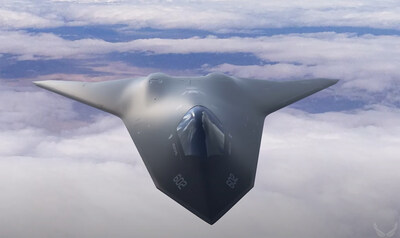RTX's Pratt & Whitney business completes key design review on Next-Generation Adaptive Propulsion offering
Milestone moves program closer to detailed design review
"We are embracing digital transformation with NGAP and changing the customer experience through the entire development process in order to rapidly and efficiently deliver these advanced adaptive engines," said Jill Albertelli, president of Pratt & Whitney's Military Engines business. "This technology is critical to maintaining air superiority, which is why Pratt & Whitney has made significant investments in research and development and advanced manufacturing. Continued government funding for sixth-generation propulsion development must remain a high priority to support critical platform milestones and warfighter readiness."
The engine will enhance performance that is key to enabling future air dominance capabilities, which are needed to ensure the
NGAP technologies will provide advanced survivability, fuel efficiency, and robust power and thermal management. These are necessary to enable the required range, weapon and sensor capability, and persistence future air dominance platforms will require to meet evolving operational needs.
About Pratt & Whitney
Pratt & Whitney is a world leader in the design, manufacture and service of aircraft engines and auxiliary power units. To learn more visit www.prattwhitney.com.
About RTX
RTX is the world's largest aerospace and defense company. With more than 185,000 global employees, we push the limits of technology and science to redefine how we connect and protect our world. Through industry-leading businesses – Collins Aerospace, Pratt & Whitney, and Raytheon – we are advancing aviation, engineering integrated defense systems for operational success, and developing next-generation technology solutions and manufacturing to help global customers address their most critical challenges. The company, with 2023 sales of
For questions or to schedule an interview, please contact corporatepr@rtx.com
![]() View original content to download multimedia:https://www.prnewswire.com/news-releases/rtxs-pratt--whitney-business-completes-key-design-review-on-next-generation-adaptive-propulsion-offering-302058827.html
View original content to download multimedia:https://www.prnewswire.com/news-releases/rtxs-pratt--whitney-business-completes-key-design-review-on-next-generation-adaptive-propulsion-offering-302058827.html
SOURCE RTX









